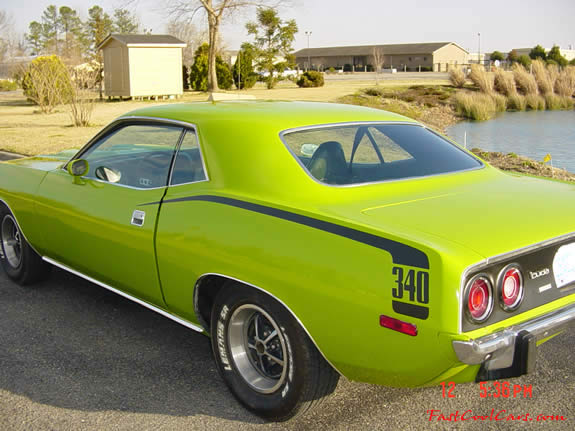Each of us was a different famous NFL player in our own heads but a scruffy set of boys filling every position on both sides of the line of scrimmage to any outside observer. I have no idea what the score was at the time of the incident but was feeling glorious at the time. I bolted from the line of scrimmage on a post route and broke free just as the quarterback's pass appeared in my field of view. I caught it and began running straight for the goal post at a breakneck pace. I was fast but knew I wasn't the fastest player on the field that day - a fact that became all too clear at the 10 yard line, when I was caught from behind. The boy who caught me was closing so fast that his forward momentum overwhelmed mine and sent him over my hips as he brought me straight down into the turf. This tackle pushed all his weight and momentum directly down on my right femur which snapped under the strain and the unyielding, semi-frozen ground beneath the opposite end of my t-boned bone. I had broken my leg in three places.
My first reaction was to see where I was on the field. Had I made it to the end zone? No, 5 yards short. My second reaction was to try and get up. Bad idea. While my femur was roughly in the right position and there were no Afterschool Special-worthy protruding bones, my leg wasn't about to move from its last position and sent a shocking set of nerve alarms to my brain just in case I thought about forcing it.
This level of pain was new to me at this age and the realization that I couldn't get up led me down a harrowing path of emotions that nearly every child exposes in the same way - "Ahhhh!!!"

My friends ran down the hill to the school. Up came the PE teacher who tried his best to make an assessment as to whether (and how) to carry me down to the nurses office. My dad arrived shortly after this and into his yellow 1970s Plymouth Barracuda I went with the hospital awaiting.

It took a few hours of surgery, an experimental cast with a steel rod going through my leg and six weeks of traction to repair my femur. This was in lieu of a full body cast, the best non-experimental treatment at the time for such an injury, so I was grateful for the approach taken.
Afterwards, I was presumably back to normal. I, being a Texan, of course returned to playing touch football but was a bit more careful. My repaired leg even became stronger than the healthy one and I began to play the role of punter and placekicker more often. A few years of soccer felt good too. But the lasting effect of that day was that my right leg would be forever shorter than my left. While the difference is only a few centimeters it is enough to affect my running gait - a fact I wouldn't realize the impacts of until much later in life.
If you've been reading my blog, you know that I started out hating running. And who wouldn't when the only times you ran in school were when you were being punished. I actually tried out for cross country in middle school but in the Texas desert heat that felt like punishment too; although in this case I didn't know what I did wrong.
It wasn't until I started endurance running that the aftereffects of that fateful day would be fully appreciated. You see, if you have good running form, then there is an effortless fluidity to running. As one leg touches down and pushes off, the other is rising and carrying you forward. The very best runners have a full body rhythm with there arms, legs, glutes, abdominals and every other part moving with the strides.
In my case, this also was true except that when my right foot touched down it did so with a bit more force as the rhythm was off by those few centimeters to the right. I didn't know this at the time, of course, but the symptoms were there. why was my right IT band the one that was always hurting? Why did only my right quad tighten up? I initially went through the usual diagnosis steps: Was it the shoes? Was it my running form? Was it an uneven pronation?
It wasn't until I went to see Dr. Amol Saxena a podiatrist specializing in runners and other athletes that this somewhat obvious culprit was found. His answer: one Superfeet insole - on the right foot.
I can't say this was a miracle cure. I still get IT band issues on the right side and a few other right-only ailments but the degree of problems declined dramatically. I still spend a lot of time rehabbing and caring more for my right leg but am now able to run and recover from full marathons very rapidly. My right side still hurts more than the left after a long run but it's clearly been a big improvement. I've also found that the harder I run the more prominent the pain. So alas, I won't be taking the crown from Ryan Hall anytime soon.
If you see me at the end of any of the Rock & Roll Endurance Series events this year, icing my right knee, you will now know why. I love running too much to let this situation keep me from my passion and I have no regrets about how my life turned out. OK, maybe one. I wish I'd scored on that last pass play.
Happy running, all.
No comments:
Post a Comment